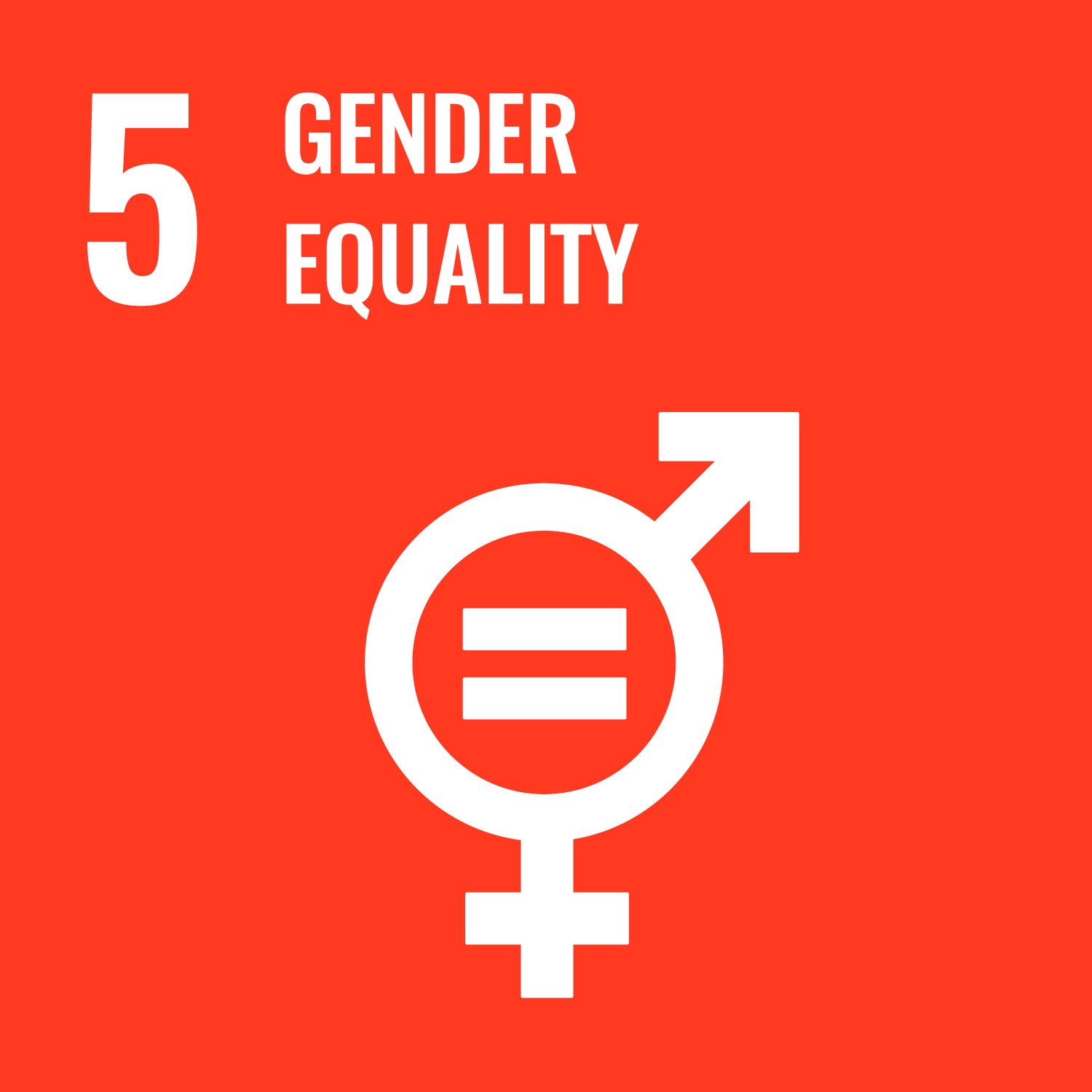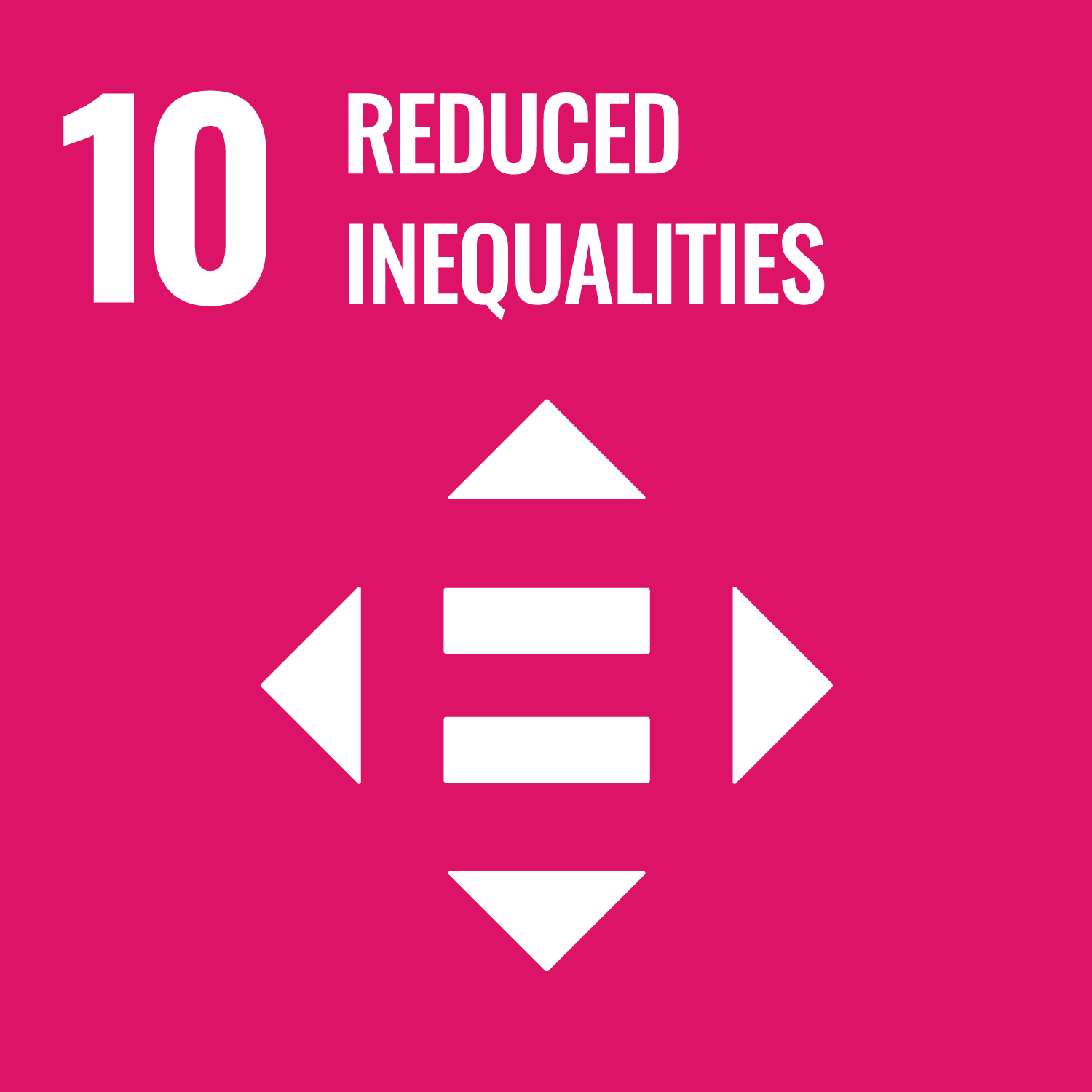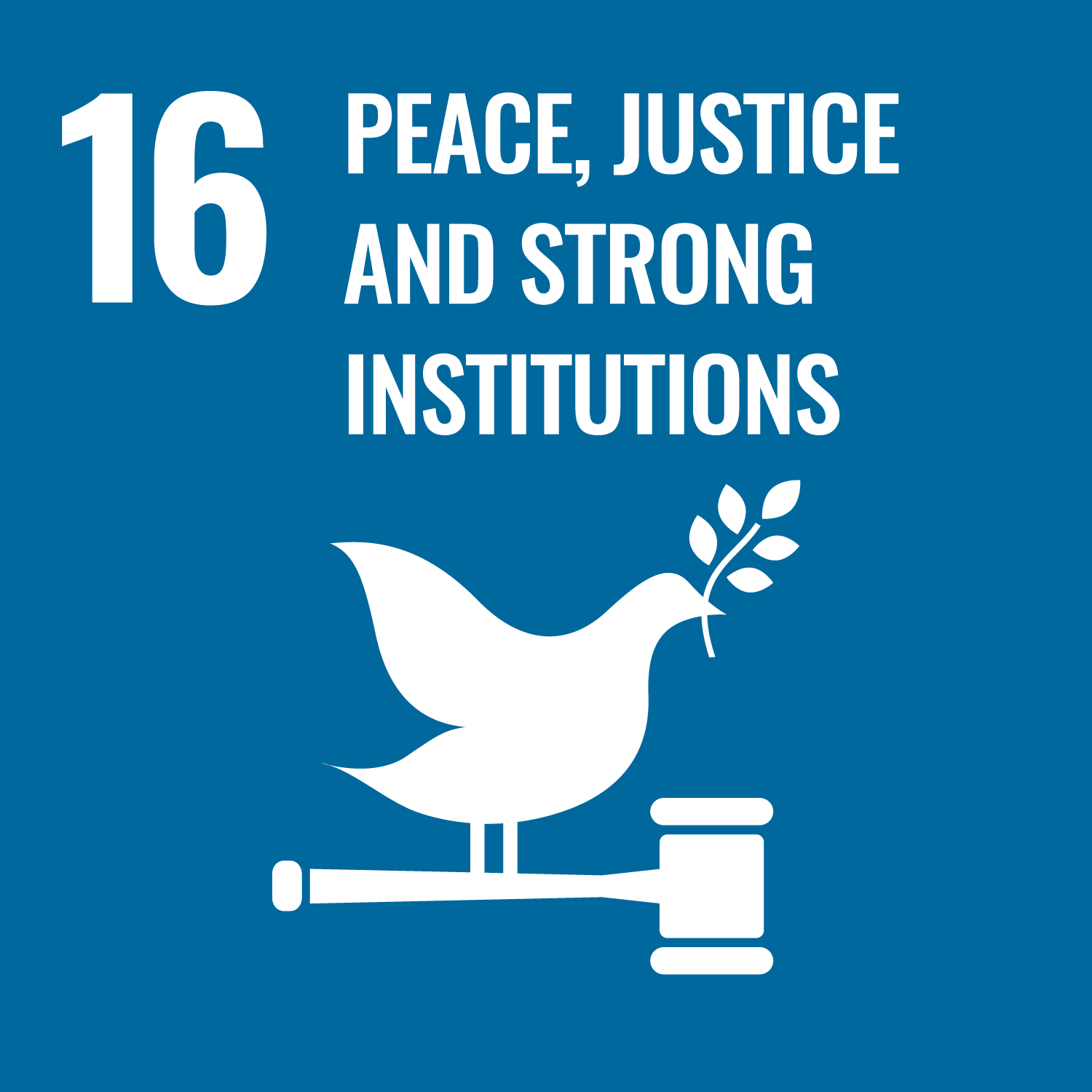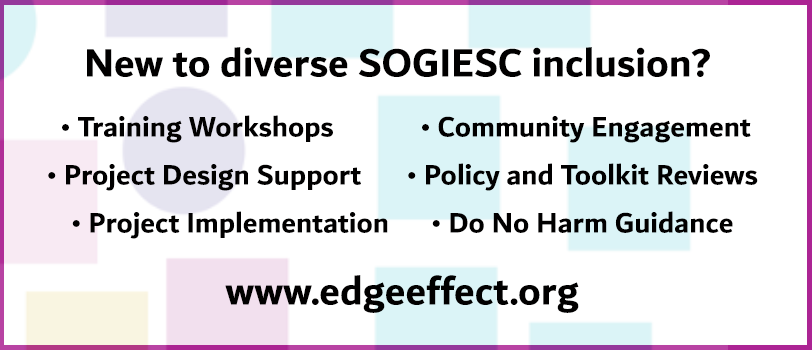This development agenda for sexual and gender minorities highlights that the challenges facing sexual and gender minorities in development has become one for concern. There are four complex and analytical components to this paper.
1. Frameworks
This highlights the current frameworks for sexual and gender minorities. These include human rights, and how human rights play a role in creating a development framework. Similarly the importance of economic frameworks as development activities are so deeply grounded in economic theory, and it is critical to discuss the relationships between sexual orientation, gender identity and economic growth.
2. Creating a Development Agenda
There are several processes to consider in creating a development agenda. Engaging in community-based processes allows for the formulation of an agenda that is located within the community that would be affected by its policies. Defining target populations, this allows for the understanding of who will benefit from specific goals and how these goals can be targeted for specific groups.
3. A development Agenda
This section outlines the specific capabilities that can be used to create a development agenda for sexual and gender minorities, such as health, education, identity and expression, affiliate and relate, resources, participation and safety and security
4. Understanding development outcomes
Researchers and policy makers often work without reliable knowledge on the critical aspects of the lives of sexual and gender minorities. Creating a development agenda cannot proceed effectively without understanding the lives and needs of gender and sexual minorities.
